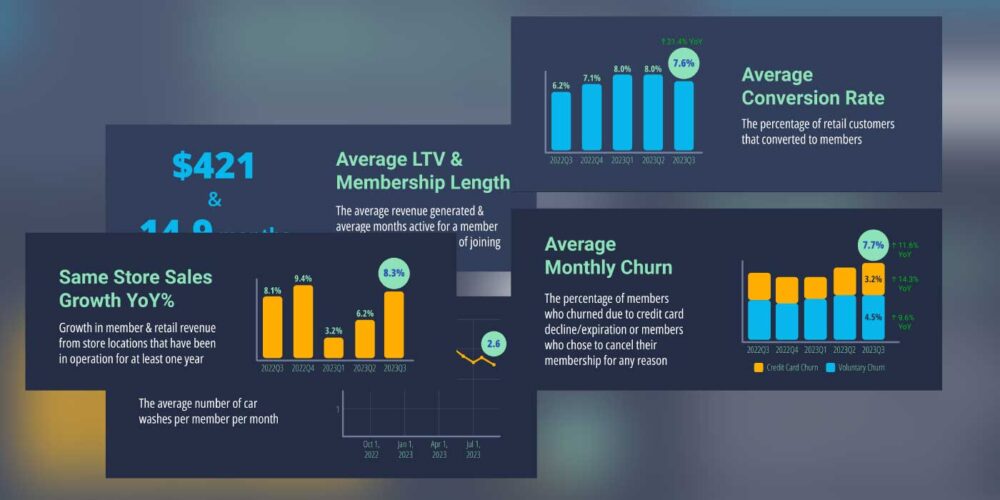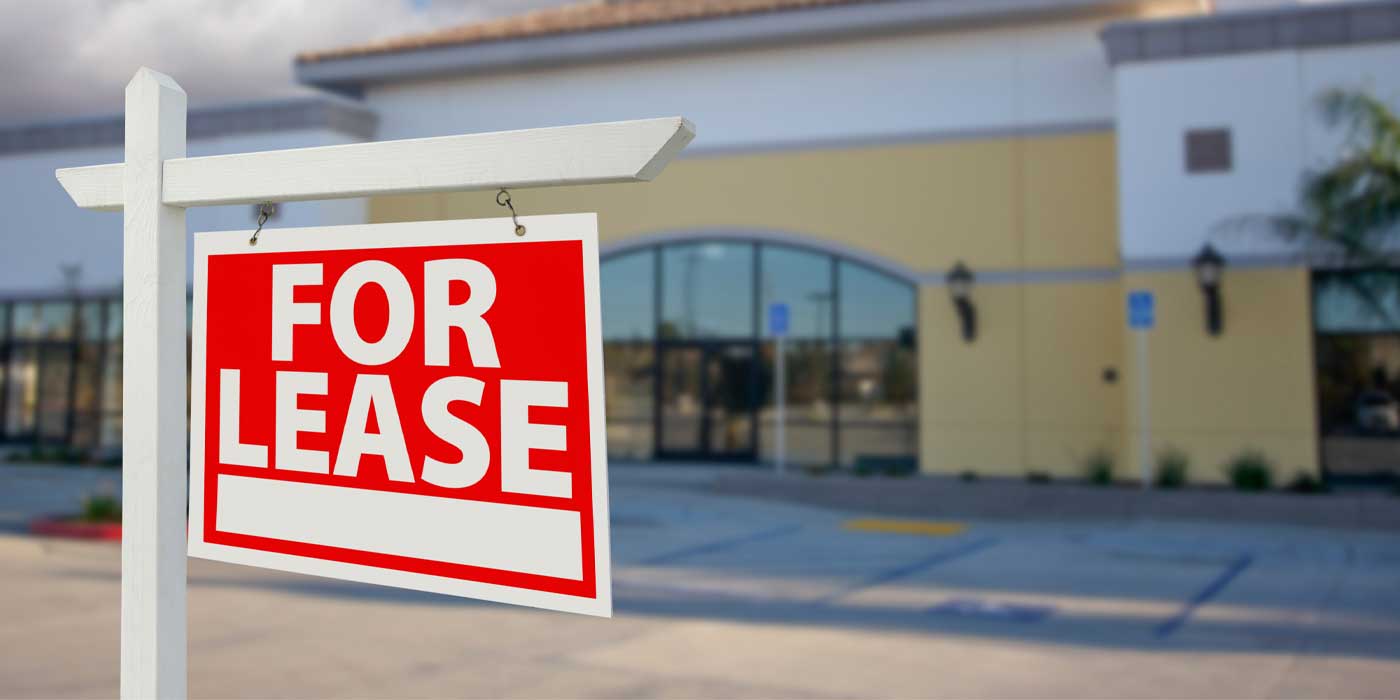We have all heard of the elusive pot of gold at the end of the rainbow. In the carwash market, the end of the rainbow and the beginning of that pot of gold starts with having a great location. The challenge that investors are facing is that the competition for great sites is tougher than it has ever been.
Individual carwash investors are not only competing against each other, but they are also now competing against private equity firms and big players from other retail sectors. National franchise brands, large corporate chains and others are purchasing prime retail land. The growing demand for quality sites puts pressure on buyers and empowers sellers to ask higher prices and extend less than favorable selling terms.
There is a way for everyday investors to compete for premium locations, even when up against competition that has more financial firepower. This solution can be in the form of a bridge loan.
Bridge loan explained
What is a bridge loan?
A bridge loan is a type of short-term loan that businesses use as they seek a more long-term funding option. This loan bridges the gap between the time a business needs cash to purchase a business or property and the closing of the permanent or construction financing. Most commonly, these loans are used to secure commercial real estate quickly. With bridge funding, the carwash investor could secure short-term money, purchase the property and then have time to secure a low-cost, long-term loan.
Why are they used?
As mentioned, the primary reason carwash investors use bridge loans is timing. If an investor finds a great deal on real estate, the standard loan process can be time-consuming. This could cause a borrower to miss out on a great opportunity.
Sellers normally want to close in the shortest period possible. It’s not unusual for sellers to only give 30 or 60 days to close. The obstacle in new construction projects is the architecture and engineering. In order to be permit-ready (and be able to close your permanent loan), the buyer needs to have completed drawings. These drawings can take many months to complete. Without final drawings, the carwash investor cannot submit for permits and cannot obtain final bids for the project, therefore making it difficult to close on the permanent financing.
This is where a commercial bridge loan can help.
How are they used?
Bridge loans can be used to finance the raw land, existing improved real estate or the acquisition of a business on leased property. In addition, while less common, bridge loans can be used to fund the cost of renovations as well as equipment.
Another reason to use a bridge loan is to manage cash and not over-inject (put more cash down than needed). For example, a typical SBA loan only requires 10% to 20% down. If the total project cost is $4 million, the injection would be between $400,000 to $800,000 (10% to 20% of $4 million). If the land cost for the project is $1 million and the investor paid $1 million cash for the land, that would be over-injecting. The reason you do not want to over-inject is it is hard to get your money back out. Therefore, by using a bridge loan, investors can manage their cash positions and not over-inject.
Putting commercial bridge loans to work
A bridge loan works similar to other business loans — it’s just faster. The business owner applies with a lender, provides information and documentation required to close the loan, and receives funding quickly. Funding can happen in just a matter of days or weeks.
The lender will consider several items before approving an application. One main factor the lender will look at is the loan-to-cost (LTC). The LTC is the maximum percentage of the total cost the lender will give to a borrower. For most bridge lenders, the LTC is 50% to 70%.
The reason a bridge lender will want a relatively low LTC is because of resale. The lender is counting on the borrower getting a takeout loan. If the borrower doesn’t and does not pay-off the loan as agreed, the bridge lender is assured of getting out of the transaction whole by selling the property at a discount. Being able to sell the site for 50% to 70% of the cost gives the lender confidence it will not take a loss.
Let’s look at this example: You want to purchase a property that is priced at $1 million. The lender is willing to offer a bridge loan of 60% LTC. This means that the lender will provide you with a loan of $600,000 while you will be required to come up with the remaining $400,000.
Once the loan is approved and the loan documents are signed, funds will be disbursed through escrow to make the purchase. You normally make interest-only payments until you secure a mortgage, construction loan or other long-term funding.
The most important thing to remember is that a bridge loan is only a temporary funding solution. Loan terms are often quite short. Bridge lenders are making money on the short-term financing. The way they do this is to charge higher points, fees and rates. So, it may be advantageous to pay off this type of loan as soon as possible (assuming you don’t have a pre-payment penalty) by securing low-interest, long-term financing elsewhere.
Typical bridge loan rates and terms
As previously mentioned, bridge lenders make their money on the short term. They do this by charging points and fees. The typical range of points can be from 1% to 6% of the cost of the property. In addition, interest rates can range from 5% to 20%-plus. Loan repayment is usually interest-only during the term, which can be as little as three months up to a couple of years.
In addition, some bridge lenders will have a minimum interest payment period. This is, in effect, a pre-payment penalty. They will require you to pay the interest for a set period (e.g. six months or a year of interest), regardless if you pay the loan off in just a couple months.
The requirements for obtaining a bridge loan vary from lender to lender. These loans usually don’t have the same strict requirements of other traditional bank loans. The primary reason is the collateral position. Bridge lenders know they will come out whole if the borrower cannot come up with the take-out loan.
Other bridge loan options
We have found that funding a hybrid bridge loan to permanent financing can be a great option. In this scenario, the borrower gets approved for both the bridge loan and permanent financing up front. Not only is it good for the borrower, but the bridge lender is also in a better position. Both the borrower and bridge lender know that there is a plan in place for the takeout loan from the start.
In the hybrid bridge to permanent format, we have seen bridge fees and terms much more favorable than a typical straight bridge loan. Both rates and fees are on the lower end of the spectrum. Most importantly, the borrower has the confidence to know that the end project is going to be financed.
Reasons to avoid bridge loans
Bridge loans are not right for every scenario. If possible, you may want to avoid them all together. It’s not that bridge loans are bad. It’s just that it could be less expensive and more beneficial if you negotiate a longer closing period by extending the purchase contract, giving you time the secure permanent financing.
This can be achieved by putting down additional deposits to the seller. In some cases, making the deposit “hard” (non-refundable) can help you achieve the same goal by extending the closing date to the point of being permit-ready without having to go through the bridge loan process. However, if you cannot negotiate extensions, a bridge loan may be the way to level the playing field with the competition.
Finding and acquiring a great site can be a challenge. When you do find that perfect site, do not hesitate, as it likely won’t be available for long. If you need to close quickly, you no longer need to look for a mythical pot of gold at the end of a rainbow. You can just use a bridge.
For additional information on bridge loans, feel free to contact Michael Ford, managing director for Coast Commercial Credit™, at 1-800-400-0365 or [email protected].














